
The explosions were heard in different areas of the capital, causing significant destruction of residential infrastructure. The most affected were Solomenskyi and Darnytskyi districts where residential buildings were damaged. In the Solomenskiy district, the rocket hit a nine -storey residential building, causing its partial collapse.
According to the Minister of Internal Affairs of Ukraine Igor Klimenko, the rocket passed through all the floors up to the basement, leaving large fragments of structures. According to the Kyiv City Military Administration, 14 people were killed, 114 were injured. In addition, Russia attacked Zaporozhye and Odessa on the night of June 17. In Zaporizhzhia, the Russian army struck 4 rocket strokes. It was without the victims. In Odessa, the Russian Federation struck the historic city center.
According to Odessa Ova, one person died, 17 more people were injured. The former spokesman of the Armed Forces General Staff Vladislav Seleznyov believes that Russia has no technical ability to produce a large number of drones required for daily large -scale attacks. However, the enemy actively accumulates resources for periodic wavy blows. According to him, during the day Russia is able to produce up to 140-150 units of drones, including "Shahda", "Geranium" and their modifications.
At the same time, 80 to 100 drones are usually used for attacks on Ukraine. This indicates that the enemy accumulates stocks to subsequently carry out large-scale rocket-punches. "Accordingly, during the week - sometimes up to five weeks - it creates a critical stock of such drones to carry out wavy attacks," the expert explained the focus. The peculiarity of Russian attacks is their focus on specific regions of Ukraine.
The enemy does not sprout power throughout the country, but concentrates in several directions - usually in 2-3 regions. This tactic allows you to do maximum harm to your chosen goals. The threat of drones lies not only in their direct blows, but also in the danger of debris that fall after the destruction of drones in the air. At the same time, it is hoped that the frequency of such attacks may be reduced by limiting the supply of components from Iran.
However, the expert warned that Russia is actively developing cooperation with North Korea to localize Shakhmed production. "There is now the localization of the production of" Shahaneda "in North Korea. Today, Shogga arrives with a special mission today. What will agree - is unknown, but the collaboration is reaches a large scale," Seleznyov says.
Executive Director of the Ukrainian Center for Security and Cooperation, Military Expert Dmitry Zhmaylo also believes that Russia does not have enough resources to carry out massive air attacks daily. At the same time, it is capable of accumulating drones and missiles for similar blows at weekly intervals.
According to the expert, at the end of May 2025, the pace of production of "Shahaneda" in the Russian Federation reached about 2700 units a month, as well as additional 2500 drones-imitation drones of shock drones of "Herber". Despite large -scale production, there are also restrictions on the use of these drones. In particular, the Russian Federation has about 11 platforms for launch, each of which has a "bandwidth" of 20 to 60 drones.
In addition to infrastructure, it is also critical to have enough prepared and trained operators to manage these drones. "Russia's impossibility for daily terror using about 500 drones is explained by both production facilities and the number of starting grounds," the expert explains. Zhmaylo also states that the Russian Federation produces up to 70 X-101 missiles and 30 calibers a month, which is also not enough for regular daily blows.
According to the military observer Alexander Kovalenko, the Russian MICC has increased the production of Iskander missiles from one a week at the beginning of the war to two a day. However, the production of winged X-101 missiles remains stable-one or two a day. Shahamed drones are also increasing, but depends on the smuggling components. Currently, Russia produces about 98 drones a day, of which 90 are "Shahda".
The production capacity is expanding, in particular in Ela Labuz and Izhevsk, but this process is slow. The military observer predicts the gradual increase in drones up to 110-120 drones a day for several months. According to Vladislav Seleznov, the enemy is primarily focused on the choice of goals for attacks. However, Russia does not always work for sure, and its drones and rockets are often involved in peaceful objects that have no military importance.
"Putin is indifferent to the so -called concomitant losses among civilians. It is important for him to destroy our military economy, and he is ready to go to losses among the civilians. This testifies to the cynical strategy of the enemy, who consciously ignores the humanitarian consequences of his actions," the expert said. The current situation with drone attacks remains difficult, but Russia's dependence on external suppliers of components can be a weak place.
At the same time, increasing cooperation with countries such as North Korea creates new challenges for Ukraine. Seleznyov calls to carefully monitor the development of events, as the scale of enemy collaboration can have serious consequences for the safety of the region. According to Zhmayl, Russia is purposefully attacking houses and civilian infrastructure to break Ukrainian society.
This is also due to its inability to achieve significant success in so -called "meat storms" on the line of combat. In addition to strokes in the peaceful population, the Russian Federation continues information pressure - in particular, removing the staging videos in temporarily occupied territories, staging conflicts between civilians and people in Ukrainian military uniform.


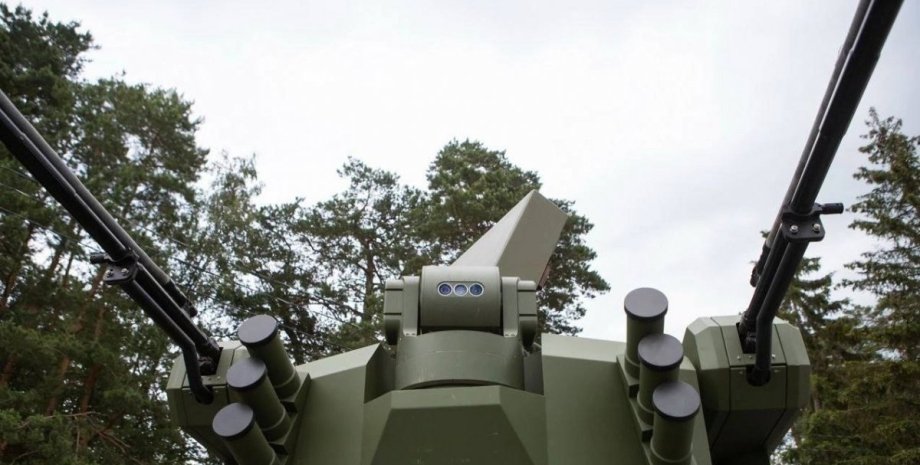
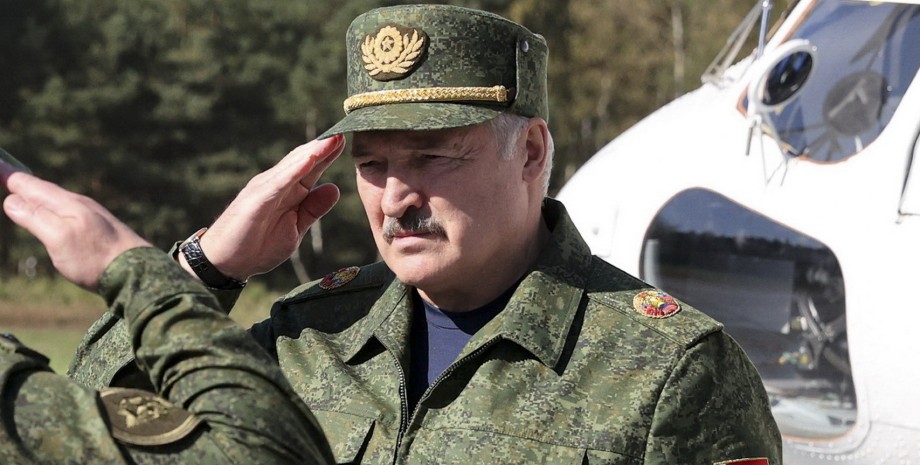
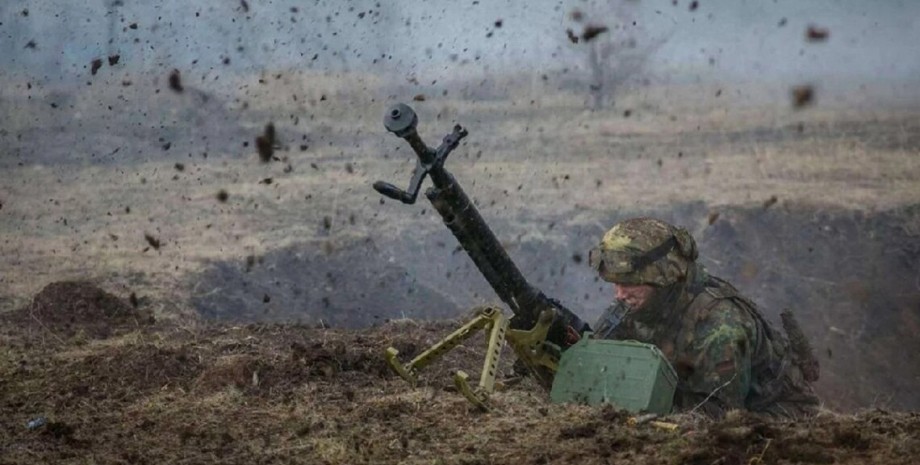

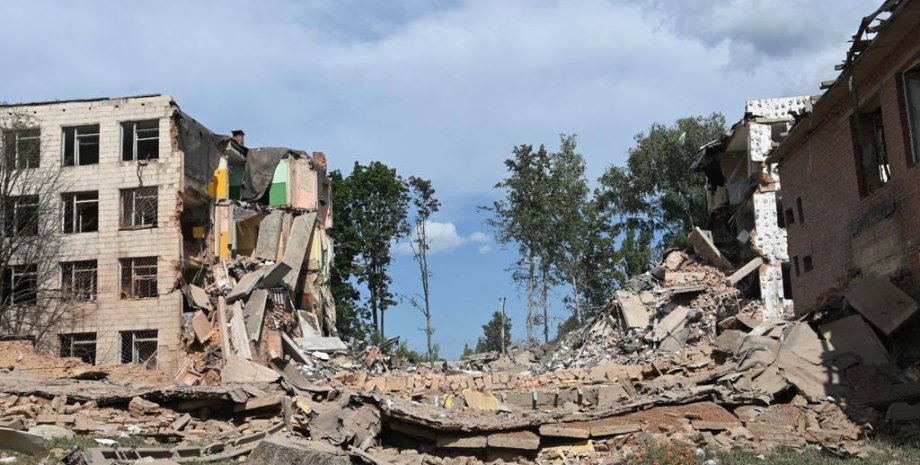


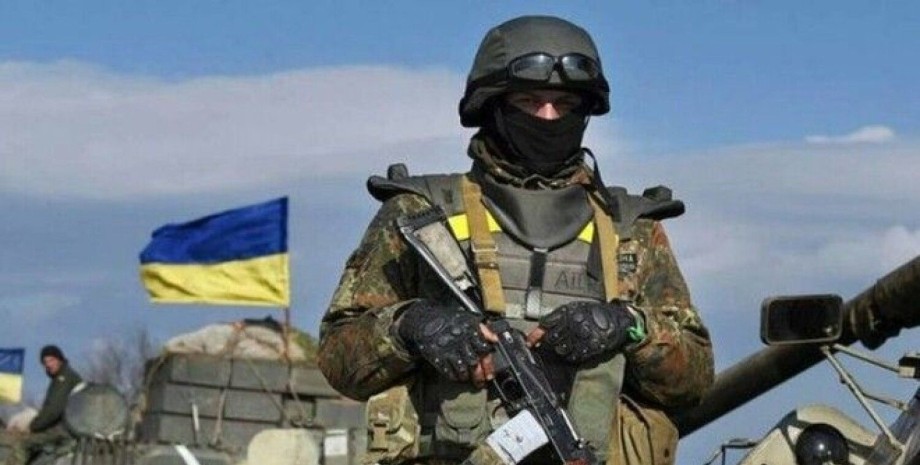
All rights reserved IN-Ukraine.info - 2022